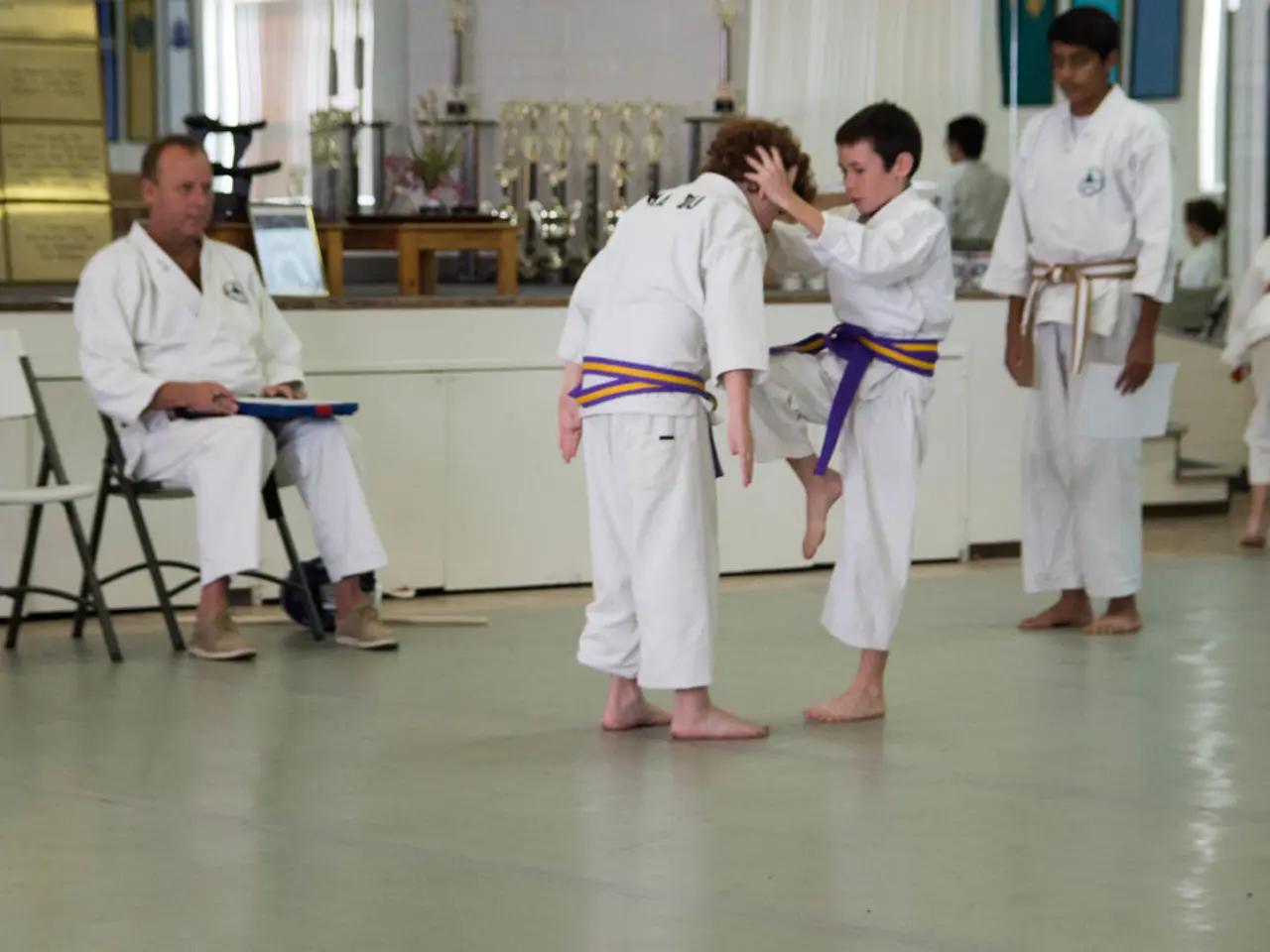Youth's Passion for Dungeons and Dragons: Utilizing Creative Outlets to Achieve Healing Benefits
Dungeons & Dragons in Therapy: A Creative Approach to Child Development
In a unique and innovative approach to therapeutic interventions, tabletop role-playing games like Dungeons & Dragons (D&D) are being used to promote emotional growth, social skills, and cognitive development in children and adolescents.
Emotional Regulation and Expression
One of the key benefits of D&D is its ability to provide a safe space for children to explore and express emotions through their characters. This can help reduce anxiety and improve self-regulation skills [1][3]. Players can manage their emotions while responding to in-game challenges, fostering emotional intelligence and understanding [1].
Social Skills Development
Cooperative gameplay encourages teamwork, communication, and negotiation, enhancing interpersonal skills and building stronger relationships [4]. Players learn to navigate different social dynamics and roles, which can be beneficial for children with social anxiety or limited social experience [2].
Cognitive and Metacognitive Abilities
The game requires problem-solving and strategic thinking, helping develop cognitive skills like planning and decision-making [1]. Players also develop metacognitive abilities by recognizing patterns in their behavior and decision-making processes during gameplay [1].
Self-Reflection and Insight
Post-game debriefing sessions allow participants to reflect on their experiences, emotions, and choices, helping connect in-game behaviors to real-life situations and promoting self-awareness and personal growth [1][2].
Engagement and Motivation
The engaging nature of D&D can motivate children who might struggle with traditional therapy methods. The game's fantasy setting provides a comfortable distance for exploring complex emotions and challenges [1][2].
Therapeutic Settings
Many therapeutic settings offer structured group sessions where a therapist and a certified game master work together to guide the gameplay around specific clinical themes. Participants must be engaged in individual therapy to ensure integration of insights gained during gaming sessions [2]. D&D is particularly beneficial for neurodivergent children and adolescents, such as those with ADHD or autism, as it provides a fun and interactive learning environment [5].
Empowering Youth Through a D&D Play
The Creative Arts Therapies program at the Division of Pediatric Behavioral Health and Wellness outpatient Services at GCH is exploring a new initiative: producing a play to empower youth to have a voice and express themselves in a way they may not usually be able to. The play, titled "She Kills Monsters: Young Adventurers Edition" by Qui Nguyen, will be held at the OFC Creations Theater Center (3450 Winton Place) in October.
The play revolves around a high-school student named Agnes Evans, who loses her little sister in a car accident and uses a Dungeons and Dragons narrative to understand her sister better. The production will involve youth participating as actors and contributing to the management, design, and art aspects of the play.
The goal of the proposed play is to give kids the power to build upon their therapeutic well-being. The Creative Arts Therapies program, facilitated by Margaret Powell, senior staff clinician, and supported by Robyn Broomfield and Caitlyn Camp, provides an opportunity for patients to utilize their creativity and interest in the arts in supporting their therapy goals and healing. Social-skills development, community, problem-solving, and role playing are key aspects of the program.
The mission of the Division is to help all children reach their full potential by promoting healthy development. The use of D&D-style role playing in therapy has become more popular as a method to treat issues associated with tough topics for children, such as self-esteem, bullying, gender identity, sexuality, addressing and recovering from trauma, and building healthy relationships.
OFC Creations, a local theatre organization, is providing the venue for the play. The group planning the play includes current and past patients aged 13 to 18. This is a first of its kind fundraiser, with a portion of the proceeds going to support future creative arts therapy programs.
References:
[1] Krause, M. (2018). Dungeons & Dragons: A Therapeutic Tool. Psychotherapy Networker, 52(3), 34-39.
[2] Kowalski, K. (2019). Using Dungeons & Dragons in Therapy: A Guide for Mental Health Professionals. Springer Publishing Company.
[3] Moore, E. (2018). The Therapeutic Benefits of Role-Playing Games. The Journal of Creative Arts Therapy, 4(2), 103-110.
[4] Sabatino-Palladino, C. (2019). The Role of Role-Playing in Therapy: A Review. The American Journal of Family Therapy, 47(3), 263-271.
[5] Walther, A., & Kowalski, K. (2018). Using Dungeons & Dragons with Neurodivergent Clients: A Guide for Mental Health Professionals. Springer Publishing Company.






